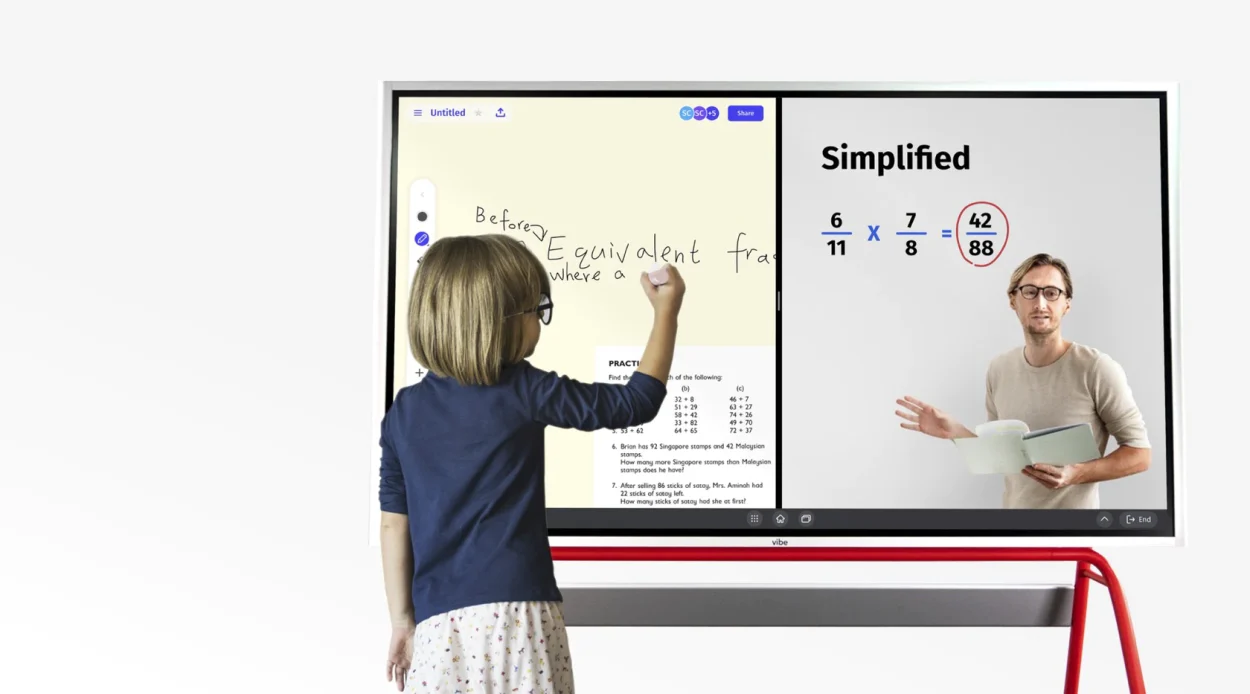
Unleash the Magic: Interactive Math Activities for Whiteboards

Interactive Math Activities for Whiteboards: A Comprehensive Guide
Interactive whiteboards have become a staple in many classrooms, providing a dynamic and engaging platform for teaching and learning. They are particularly effective for teaching mathematics, as they allow for visual demonstrations and collaborative problem-solving. Here are some examples of math activities that can be done on an interactive whiteboard:
Math Whiteboard Games
There are numerous math games that can be played on an interactive whiteboard. These games can be a fun and effective way to reinforce math concepts and skills. For example, you can create a game where students have to solve math problems to move forward in the game. This not only makes learning fun but also encourages active participation1.
Freehand Writing and Problem-Solving
Interactive whiteboards can act as a canvas for freehand writing and problem-solving. You can pull up a form with addition or subtraction problems for your students, and let them take turns coming to the board to work on the problems using the board’s annotate feature and pen mode2.
Counting, Matching, and Ordering Games
Interactive whiteboards can be used to play counting, matching, and ordering games. These games can help young learners develop their number sense and understanding of mathematical operations. For example, you can use the board to display a series of numbers and ask students to arrange them in ascending or descending order3.
Math Revolution
In this activity, students are given a set of math problems to solve. However, instead of solving the problems on their own worksheets, students must solve other students’ problems. The person who solved the problem must sign their name. Each problem on a student’s worksheet must be signed and solved by a different student7.
Use of Math Teaching Apps
Interactive whiteboards can be used in conjunction with math teaching apps to create engaging and interactive math lessons. These apps often include games and activities that can be displayed on the whiteboard for the whole class to participate in5.
Use of Digital Mathematical Technologies
Digital mathematical technologies, such as function geometry packages and Computer Algebra Systems (CAS), can be used on interactive whiteboards to facilitate the teaching and learning of complex mathematical concepts. These technologies allow for dynamic demonstrations and interactive problem-solving8.In conclusion, interactive whiteboards offer a wide range of possibilities for making math lessons more engaging and interactive. By incorporating games, problem-solving activities, and digital technologies, teachers can create a dynamic and engaging learning environment that enhances students’ understanding of math.